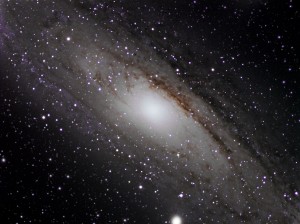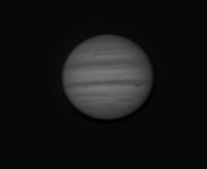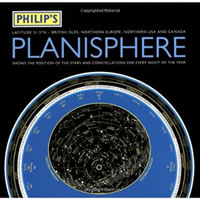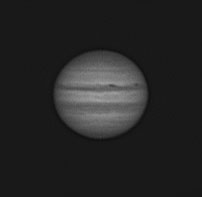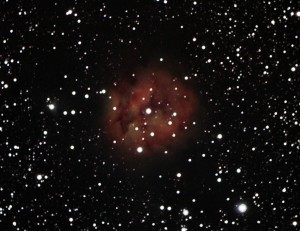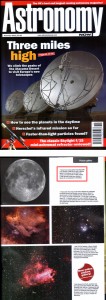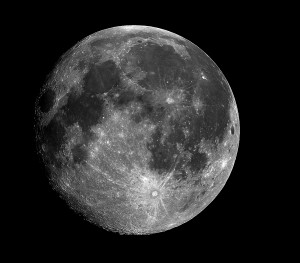M31 Andromeda Galaxy Image
This image of M31 the Andromeda Galaxy is usually seen as quite an easy target to image, especially for beginners like me. The main problem with it, is that it has a very bright core, but using DPP in Maxim soon sorted this out.
M31, Andromeda Galaxy was imaged using my Skywatcher 80mm ED-Pro telescope and guided with the attached 9×50 finderscope using a QHY5 camera all mounted on an EQ6 mount.
I took L,R,G,B images through Astronomik 1.25″ filters, the camera used was an Atik 314L+
Lx13,Rx10,Gx8,Bx10 all for 300 seconds (5 minutes).
Once they had been calibrated and aligned in Maxim DL, I used a DPP filter with a custom cutoff of something like 50%. I then used FITS Liberator to convert and stretch into TIFF files. Then imported into Photoshop and used curves, levels, high pass filters and various other filters to remove dust and speckles etc.

